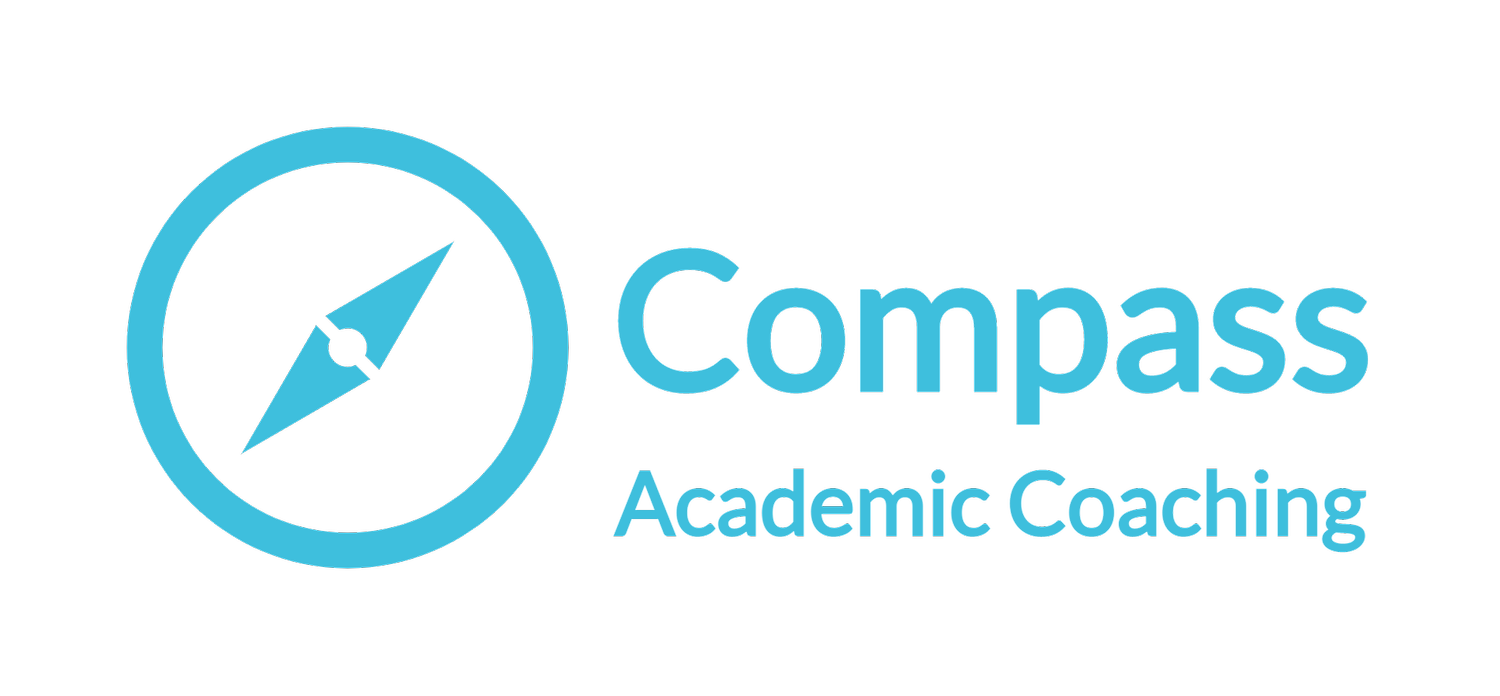Friendly Feedback: How to Ask
Let’s talk about friendly feedback, which means feedback on your academic writing from someone whose goal is to help you develop your document (peer, colleague, friend, mentor, writing coach, editor) before you send it to someone who is a gatekeeper for your writing (journal editor, publisher, thesis/dissertation advisor or committee). Now, don’t get me wrong–those gatekeepers will give you feedback as well, and it will help you develop your writing. It might even be delivered in a friendly way! But here I’m focusing on how you can ask someone to help you out and also clarify what you need from them.
You’ve already chosen who to ask, and they’ve agreed. Before hitting send, take a few steps to ensure you both have a good experience.
Step 0: Assess your emotional state regarding this draft. Your emotional state might be the most important thing for you to recognize, own, and share with the person who is going to read for you. If you are feeling a ton of imposter syndrome and critically-delivered feedback is going to crush your soul and prevent you from finishing this thing, please let your reader know. Ask them to provide plenty of encouragement. Your friendly reader can encourage you while also giving you honest, constructive feedback. You also want to gauge your emotional state before you try to do step 1, so you can determine if you are able to give your own draft a fair assessment.
Step 1: Assess your draft’s strengths and weaknesses. From your point of view, what is working? What’s not working? Is there a puzzle you need to solve to move forward?
Step 2: Figure out what stage of the writing process this draft is in. In reality, the writing process is not always linear, moving through clearly distinguishable phases. Still, there are some common, recognizable stages for a draft. Here’s some language to describe these stages:
Ideas but nothing in a document yet
Bullet points or outline
Rough prose: the bullet or outline points are turned into sentences and paragraphs. The words may be just however they came out (this is fine!), or you may have gone through those first rough sentences and paragraphs and made some changes to better reflect your thinking or to make sentences more reader friendly.
Revised prose: You’ve gone through all those stages above, let the draft sit for a bit, and then come back to make pretty big changes, often at the paragraph level or higher: changing the document’s organization, reworking the argument, removing and adding paragraphs or sections. You may have received and implemented feedback from someone else to get to this stage. Most likely, there is still some wonky language (moving stuff around can introduce typos and other weirdness).
Edited prose: You’ve done all the stuff above and then you or someone else has gone through each sentence with a fine-tooth comb, tidying up sentences, words, and formatting.
Most likely you want feedback to help you get from one of these stages to the next one. You’ll want to tell your reader where you’re at and where you want to get next.
Step 3: Assess your timeline. Realistically, how much time do you have to spend incorporating the feedback the person is going to give you? Maybe the things is due in a month, but the reality of your life is that you have one hour a week to spend on it. That means you don’t have a month; you have four hours. You want your reader to give you feedback that will help you make the best use of those four hours, not suggest a trip to Europe to visit an archive and collect more data.
Step 4: Know your audience, purpose, and genre. It might not be obvious to your friendly reader who your audience is, what you are trying to accomplish, and what kind of thing you are trying to write. Share any info that would be helpful to your reader. Got a thesis advisor with a quirky distaste for the phrase in order to? Share that. Are you trying to shake up a conversation in your field by asking some controversial questions? Your reader needs to know. Writing an essay review in which your job is to say something interesting about why three books have just been published on mapping the Neanderthal genome? You get the idea. All writing decisions circle back to audience, purpose, and genre, so make sure your friendly reader knows what, why, and for whom you are writing.
Once you’ve done these assessments, share all of that information with the person reading for you. You can talk about it (you’ll know you’ve chosen a good reader when they take notes on what you say) or you can write it all out for them in an email. Here’s an example:
Friendly Reader, thank you so much for agreeing to read my draft of my literature review for my dissertation. This is my first rough draft, so I'm wondering if the sections are in a good order at this point and if I've left out anything essential. My advisor said she likes "funnel shaped" lit reviews, so I'd like to know if you can see how I'm trying to funnel down to my specific topic, or if I can do that better. I feel like I've done a pretty good job summarizing the most current research on my specific topic, but I'm not sure if I go too far back/not far enough back with the historical stuff--or even if I have the right historical stuff. Sigh. I'm feeling a little lost and scared that my advisor is going to rip me to shreds. I still have quite a bit of time to work on it. I'm putting in two hours a day and I want to submit this chapter to my advisor in about six weeks. I'm also attaching my approved prospectus so you can see my research questions and basic research design plan. Thank you so much for your help!
